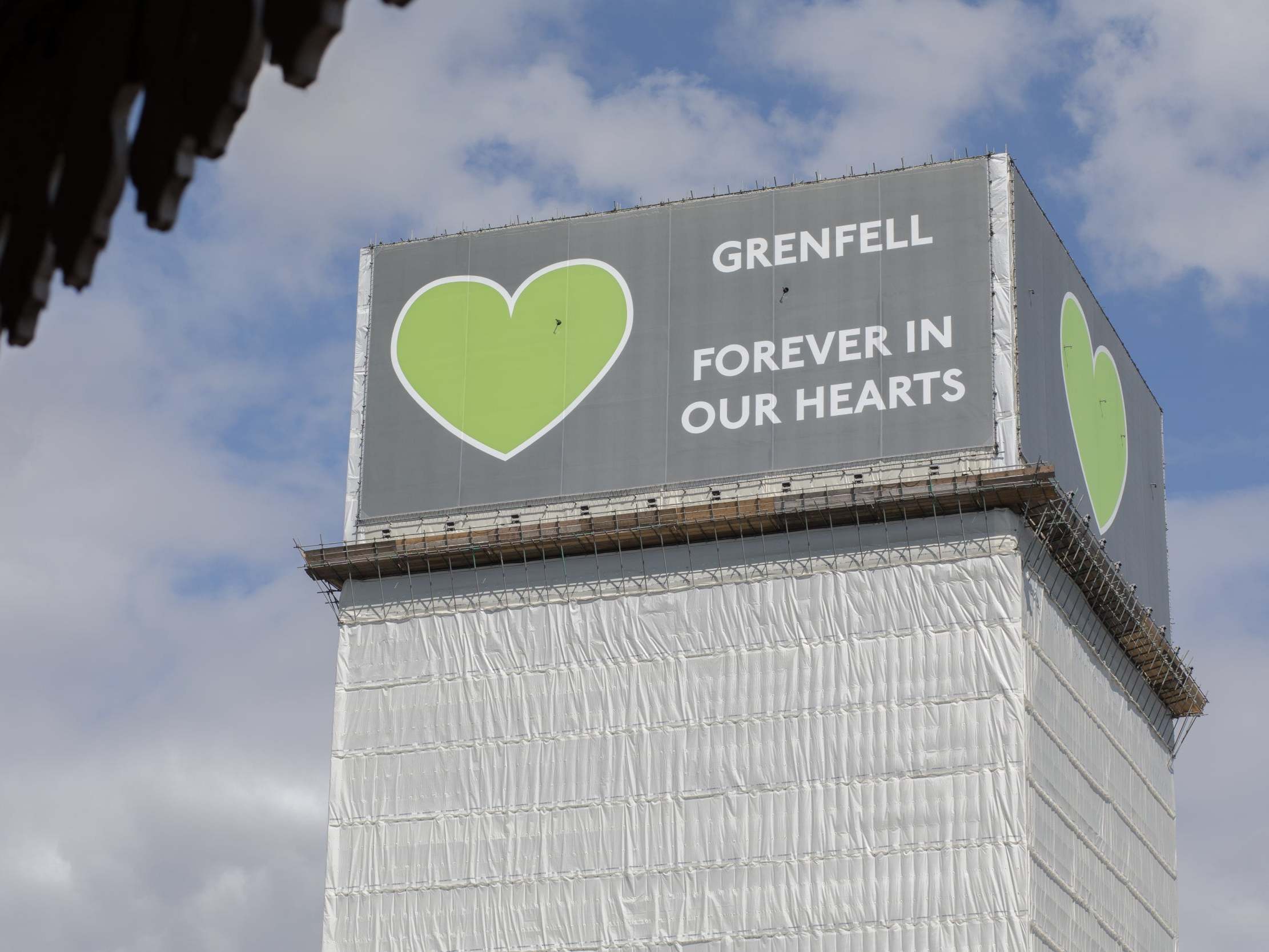Grenfell inquiry: Architect advised designers against talking to residents about refurbishment
Bruce Sounes warned colleagues about the revamp’s ‘sensitive political context’, probe told

The chief architect on the Grenfell Tower refurbishment advised against talking to residents during an early site visit, warning the “political context” of the development was “very sensitive”, the inquiry into the disaster has heard.
Bruce Sounes, of the firm Studio E, was questioned about how much the designers of the revamp engaged with residents during the project during proceedings on Wednesday.
The hearing was told that throughout 2012, prior to a planning application being submitted, several consultation meetings had taken place with residents who were also sent questionnaires asking for their views and sent newsletters keeping them updated about design proposals.
But ahead of a site visit in April, Mr Sounes wrote to an official of a cladding product supplier and two of his architect colleagues stressing the need to be “discreet” and avoid discussing any drawings within earshot of residents or staff.
In an email he wrote: “It is important to be discreet while we are there as the political context for the development ... is very sensitive.
“I would refrain from discussing with residents or staff who you might meet or discussing drawings where anyone can see them. There is enough misinformation about on the estate and we don’t want to add to it unwittingly.”
Inquiry lawyer Kate Grange QC asked how the comments were “compatible with the aim to be having positive engagement with the community and stakeholders”.
Mr Sounes said: “I don’t see them as incompatible at all. I had been warned off speaking even to tenant management organisation (TMO) staff about the proposals, which as far as I recall is the source of my comments here.”
He said TMO official Mark Anderson had a month earlier told him not to speak to any staff or site inspectors.
Regarding details of the proposed works at that stage, Mr Sounes added: “It wasn’t something they wanted to leave to a chance encounter on site.”
He added: “I think there was ample opportunity to engage all parties and what I was obviously wary about was somebody I didn’t know who may say something which could be misinterpreted on-site.”
An email from Mr Anderson in March showed he told Mr Sounes not to make to make contact with any estate inspectors “under any circumstances” and any “requests for information” were to go through him and two other colleagues.
The inquiry has heard that Studio E architect Neil Crawford later that year dismissed a resident raising concerns about fire engine access to the building as a “known trouble-maker”.
Press Association